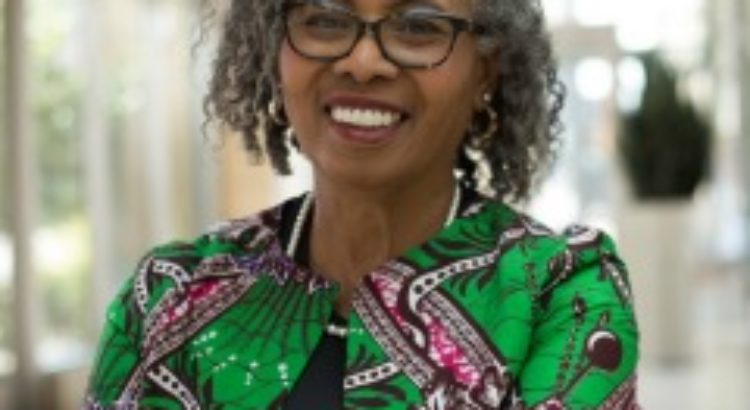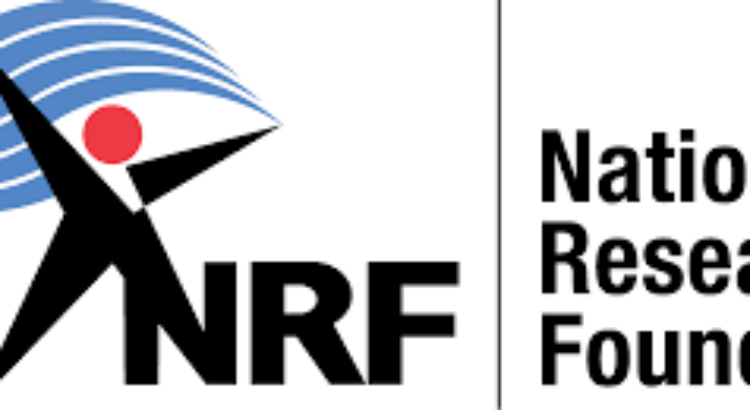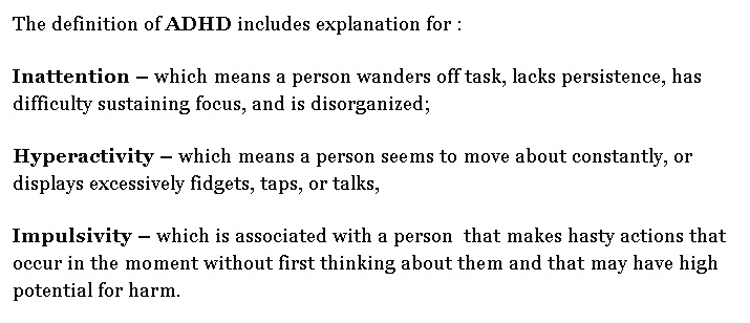América del Norte/EEUU/ Michael Harriot
Resumen: Los maestros de ciencias sociales en todo Estados Unidos han descubierto un recurso nuevo y emocionante que ofrece planes de lecciones, materiales de estudio e incluso seminarios dirigidos a estudiantes de primaria, secundaria y preparatoria. Las lecciones son extremadamente detalladas y vienen con sugerencias para actividades, multimedia y lectura adicional. Más importante aún, a diferencia de muchas herramientas educativas, la mayoría de estos materiales se proporcionan sin costo. Solo hay una trampa: Es un lavado de cerebro de derecha. Estos recursos gratuitos son parte de un esfuerzo del inocentemente llamado Bill of Rights Institute para lavarle el cerebro a los estudiantes y comprar la narrativa de extrema derecha sobre historia, política y economía. La organización benéfica se describe a sí misma como «una organización educativa 501 (c) (3) sin fines de lucro que trabaja para involucrar, educar y capacitar a las personas con una pasión por la libertad y la oportunidad que existen en una sociedad libre».
Cash-strapped social studies teachers across America have discovered an exciting new resource that provides lesson plans, study materials and even seminars geared toward elementary, middle and high school students.
The lessons are extremely detailed and come with suggestions for activities, multimedia and additional reading. More importantly, unlike many educational tools, most of these materials are provided free of cost. There’s only one catch: It’s right-wing brainwashing.
These free resources are part of an effort by the innocuously named Bill of Rights Institute to brainwash students into buying the far-right narrative on history, politics and economics. The charitable organization describes itself as “a 501(c)(3) nonprofit educational organization that works to engage, educate and empower individuals with a passion for the freedom and opportunity that exist in a free society.”
What it really is, is an education arm of a network of right-wing charities funded by the ultraconservative Koch brothers in conjunction with a number of other conservative philanthropic individuals and organizations. It takes millions of dollars in donations and claims to have taught the Bill of Rights to more than 5 million students and 50,000 teachers, including directly training 22,000 educators through its constitutional seminars.
The lessons stress limited government, religious freedom, free-market economics and—worst of all—a revisionist version of the history of slavery that paints it as a necessary evil to further freedom and democracy.
Unless you’ve been hiding under a rock (which—if you have—I can’t blame you; it might offer good protection in the upcoming nuclear holocaust with North Korea), you know the Koch brothers.
Charles and David Koch are the billionaire owners of Koch Industries, the second-largest privately held company in the country. Tied at No. 8 on Forbes’ list of the richest people in the world, the brothers are worth an estimated $60 billion apiece and use their funds to further their conservative agenda.
But it is the Koch brothers’ quiet philanthropic efforts that garner them the most bang for their buck. They use foundations and corporations to funnel their money to organizations under the cover of anonymity.
Take for instance the DonorsTrust Foundation and the Donors Capital Fund. Conservative Transparency reports: The Koch network has providedDonorsTrust and Donors Capital Fund with most of its backbone; it is widely noted that DT & DCF are a part of the “Koch Network.” In 2014 (the latest year available), all but one of the contributions to the Bill of Rights Institute came from either the Charles G. Koch Charitable Foundation, DonorsTrust or the Donors Trust Capital Fund.
The Bill of Rights Institute is funded by the Koch brothers … tax-free.
So what does the Bill of Rights Institute teach?
Almost every lesson plan stresses the conservative idea of the limited role of government, best explained by this quote from the lesson on “The Limited Role of Government:”
Perhaps the most definitive limitations on government are found in the Bill of Rights. A firewall protects a computer from outside attempts to harm it, so too does the Bill of Rights guard fundamental rights, natural and civil. In fact, far from most Americans’ popular understanding of the Bill of Rights as a “giver” of rights (ask most Americans where they get their right to free speech and the answer will almost always cite the First Amendment), it is actually the “limiter” of government authority.
According to the lesson plan titled “Health Care and the Bill of Rights,” it “focuses on the health care law from multiple constitutional perspectives.” Here are the “multiple” constitutional perspectives:
- Religion: The lesson includes two articles examining cases where the Affordable Care Act is said to violate religious freedom.
- Expression: Asks if it is a violation of the First Amendment to require restaurants to include calorie counts?
- Personal Liberty: Students get to read about the ACA’s abortion coverage.
- Criminal Procedure: How you might be criminalized if you don’t purchase health care.
- Federalism: How Obamacare is indicative of big government.
In the lesson on Roe v. Wade, the only quote from the Supreme Court decision included in the material is from the dissenting opinion about the value of life. BRI has videos instructing teachers how to teach the Second Amendment. It selectively plucks excerpts from the Constitution to teach lessons on theDefense of Marriage Act and Affirmative Action, not to mention the very special lesson on the great Supreme Court Justice Antonin Scalia.
An extended tutorial on “Slavery and the Constitution” spends a lot of time explaining why the Founding Fathers shouldn’t be considered racists, arguing that the founders knew slavery was wrong, but they just weren’t “active enough.”
The document even contends that Jefferson included blacks in the Constitution, and cherry-picks parts of historical documents to prove that the founders “consistently worked to build a constitutional republic of liberty that equally protected the rights of all Americans.”
When students are finished with the lesson, they will have learned absolutely nothing about the inhumane torture of slavery. The chapter neglects to offer any details about the trans-Atlantic slave trade, the abolitionist movement or the plantation system. The economic impact of slavery and how it made the U.S. an economic superpower is completely ignored by BRI’s instruction.
You might think I’m joking here, but in the 3,000-plus words on the civil rights movement, there are only four black people mentioned in the chapter: Martin Luther King Jr., Rosa Parks, W.E.B. Du Bois and Thurgood Marshall. BRI mostly explains how freedom-loving Caucasians fought for equality for all by putting their lives and careers on the line:
As a result of the Brown decision, many white politicians and ordinary citizens engaged in what they called “massive resistance” to oppose desegregation. In 1957, Arkansas Governor Orval Faubus refused to use the state National Guard to protect black children at Little Rock High School. President Dwight Eisenhower sent in troops from the 101st Airborne Division to compel local desegregation and protect the nine black students while federalizing the Arkansas National Guard to block Faubus. The Little Rock Nine attended school under the watchful eye of federal troops. The principles of equality and constitutional federalism came into conflict during this incident because the national government used the military to impose integration at the local level.
Nothing about fire hoses. Nothing about Freedom Riders. Nothing about lynching. Nothing about bombings, beatings and church burnings. But notice the shoutout to small-government principles clashing with freedom for black people.
Again, these lessons are reaching millions of children across America. Most schools and teachers are willing to take any free educational resource that allows them to stretch their meager budgets. Furthermore, most school districts don’t have the time or the manpower to closely examine every single teacher’s lesson plan.
Combine those facts with two billionaire brothers and unlimited resources, and you get a secret brainwashing program permeating the education system. BRI funding is steadily growing, its reach is widening and American schools are increasingly underfunded—a dangerous mix that ends up in the Koch brothers’ favor.
And here’s the worst part: Even if parents examine their children’s lessons, they might not know the source of the information because the institute is geared toward teachers, not students. Even teachers whose lessons are compiled by a conservative principal or a right-leaning department head might not be aware of the content or from where the lessons originated.
To be fair, it is important for students to learn about the free market. How else would they discover that money actually can buy everything …
Including history.
Fuente: https://www.theroot.com/millions-of-students-are-quietly-being-taught-the-koch-1823742091
















 Users Today : 231
Users Today : 231 Total Users : 35433296
Total Users : 35433296 Views Today : 295
Views Today : 295 Total views : 3372002
Total views : 3372002